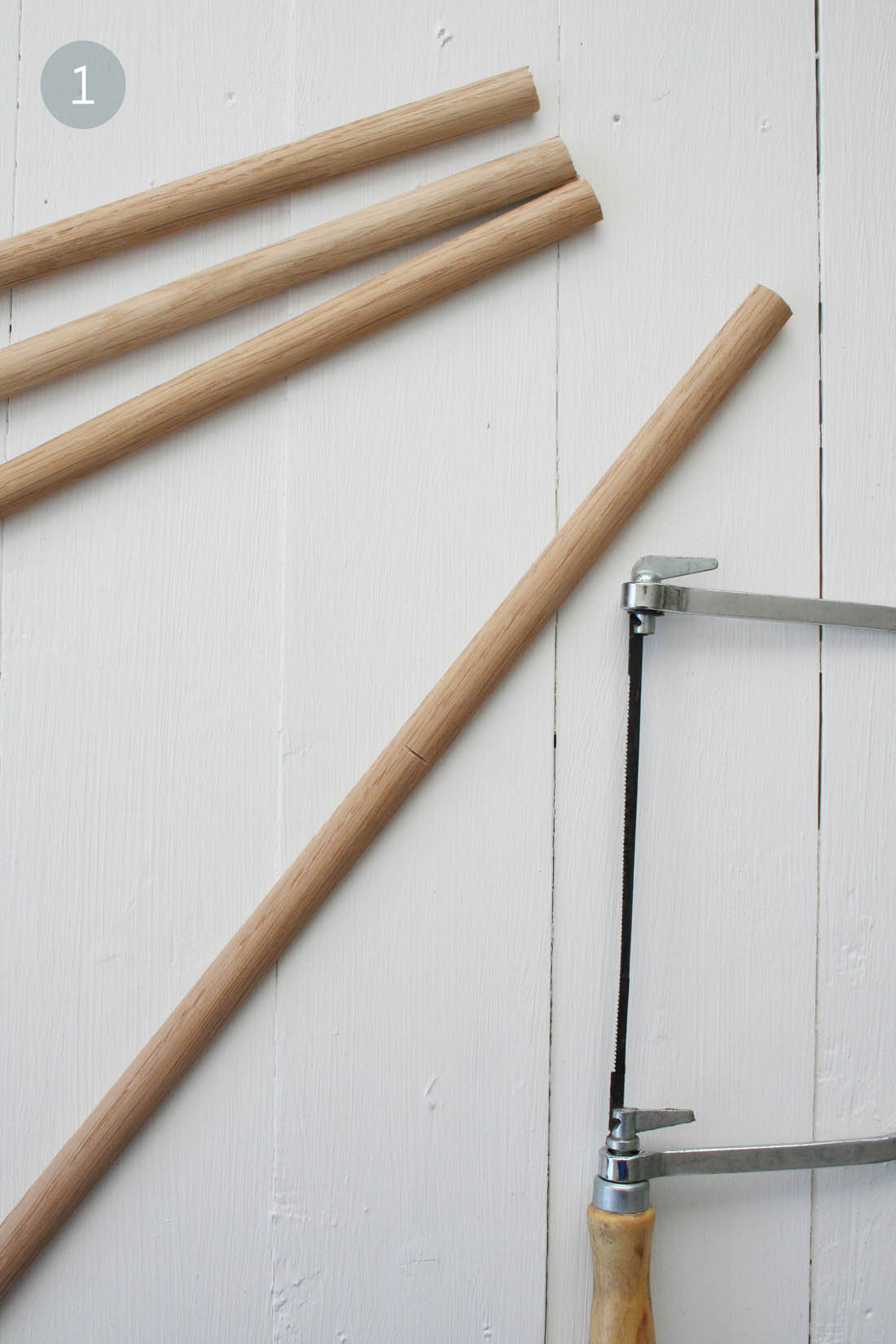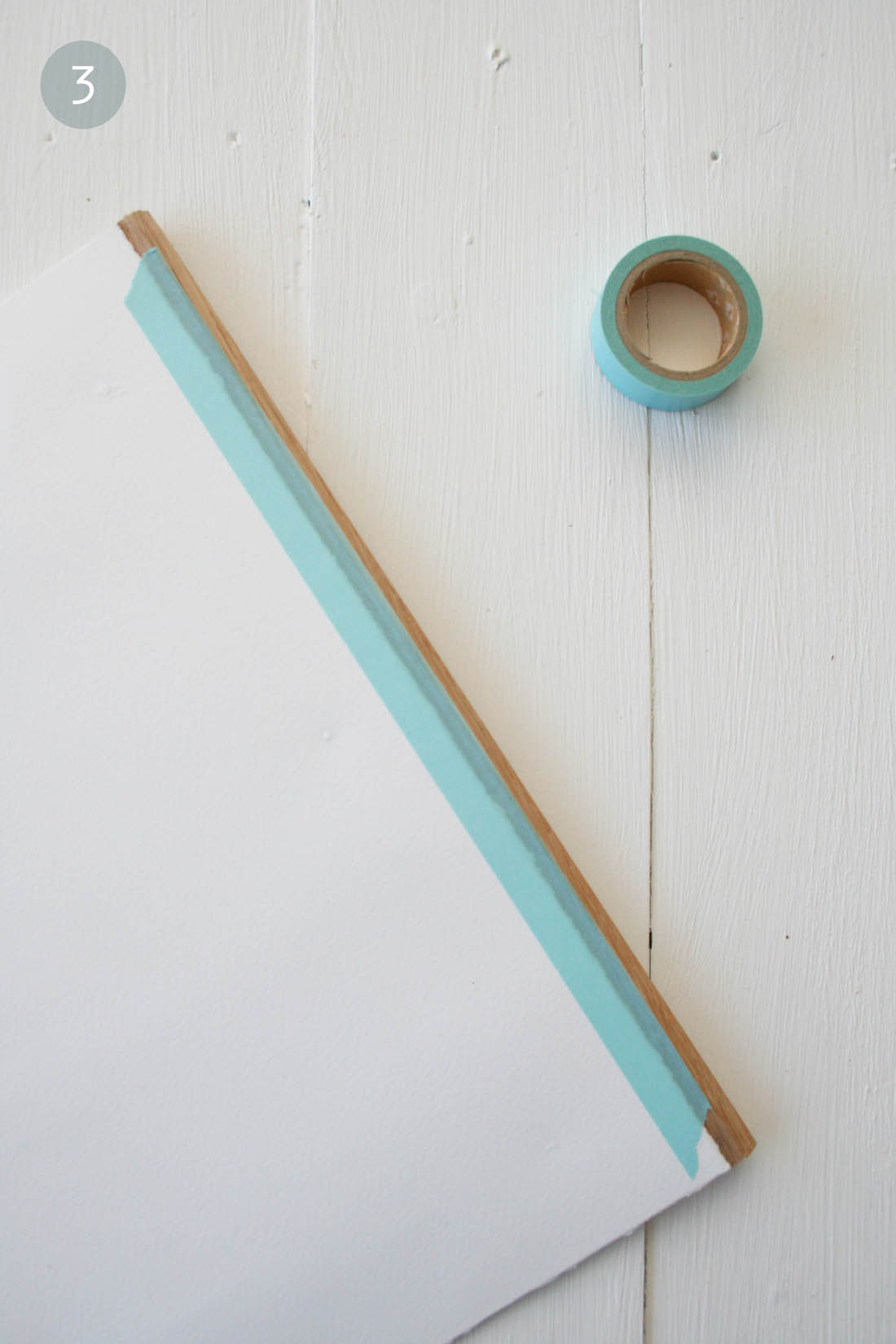You’re probably thinking what on earth has the image above got to do with decorating a room. Don’t worry, all will become clear. Tia recently asked me over on my Facebook page whether I had any advice on how and where to start when decorating a completely blank canvas. At the time I told her that I usually begin with one object that I really love, like a print, a particular fabric or a piece of furntire to help me plan a colour scheme. However, that can be tricky when you pop down to the paint shop and end up with what you think is a perfect match for the colours that you love but they actually end up being way off. I have found a solution to that problem!
A few weeks ago I was lucky enough to be invited by the Amara Interior Blog Awards team to their first blogger masterclass at the KLC School of Design. When I was still teaching I used to look at Interior Design courses on offer at KLC and dream about what could be so it was a real treat to be given this opportunity.
Established over 30 years ago by Jenny Gibbs, one of the 2015 IBA expert judges, KLC is one of the most highly acclaimed design schools in the UK and the masterclass was held by the school’s Deputy Director of Studies, Julia Begbie, focusing on colour and pattern.
Julia did a great presentation for us and then we did a hands on task that I thought would be a really useful thing to share with you here as it is an invaluable tool for building up a colour scheme for a room.
Julia gave us a range of ‘concept images’ and she had used the software Color Explorer to draw out the constituent colours from these images. So, for example, I was really drawn to the image below from my Pinterest account but if I were to think about creating a colour scheme using that image as inspiration I would only identify light pink and mint green. However, this programme is much cleverer than that and extracts a range of colours and their RGB and Hex codes (the way computers display colours).
You can then use this rgb.to programme to convert the RGB number or Hex code to a RAL number, which you can take to paint shops and have paint mixed to that specific colour. Colour scheme created!
You can then begin to think about where you would like to use those colours – walls, wood work, floors, fabrics, furniture and so on. Julia gave us a black and white copy of a room that we stuck in the middle of a large piece of paper. We then cut out the colours from our concept image and placed them around the picture to help us work out where to use the colours.
Hope you find this useful. If you are interested in doing a one day class or even a full course at KLC yourself, pop over and take a look at the courses they offer.
Thank you again to KLC and the IBA team for such a great day.
Katy x


































